Understanding Your State’s Auto Insurance Requirements
Driving legally in the United States often requires carrying a minimum amount of car insurance. However, what constitutes the minimum required car insurance by state varies significantly across the nation. Each state sets its own specific regulations concerning the types and amounts of coverage drivers must possess to ensure financial responsibility on the road. Understanding these distinct requirements is crucial for all drivers, not just for legal compliance but also for safeguarding personal finances.
For instance, while nearly every state mandates some form of auto insurance, New Hampshire stands out as the sole exception where car insurance is optional, though drivers must still demonstrate financial responsibility. States like Florida and New Jersey, classified as “no-fault” states, prioritize personal injury protection (PIP) and property damage liability over bodily injury liability. The varying legal frameworks mean that a policy that’s adequate in one state might be insufficient in another.
What ‘Minimum Required’ Actually Means: Key Coverage Types
When you hear “minimum required car insurance,” it typically refers to the lowest legal limits for specific types of coverage. The primary components mandated across most states include:
- Bodily Injury (BI) Liability: This covers medical expenses, lost wages, and pain and suffering for other individuals if you are at fault in an accident. It can also help cover legal fees if you are sued. Limits are usually expressed per person and per accident, such as $25,000 per person and $50,000 per accident (Bodily Injury Liability).
- Property Damage (PD) Liability: This pays for damages you cause to another person’s vehicle or property in an at-fault accident. This might include repairs to other cars, fences, or buildings (Property Damage Liability).
Many states express these liability limits in a three-number format, like 25/50/25, which corresponds to bodily injury per person, bodily injury per accident, and property damage per accident, respectively. It is critical to grasp these distinctions, as they form the bedrock of your coverage.
Navigating the Rules: Your Guide to Minimum Required Car Insurance by State
The differences in auto insurance laws across states stem from their legal fault systems. There are generally three types:
- At-Fault (Tort) States: In these states (the majority, including Arizona, California, and Texas), the driver who causes an accident is financially responsible for all damages and injuries. Consequently, liability coverage is the cornerstone of minimum requirements, often with higher limits to ensure compensation for injured parties.
- No-Fault States: In states like Florida, Hawaii, and Michigan, each driver’s insurance is primarily responsible for their own medical expenses and lost wages, regardless of who caused the accident. This system typically requires Personal Injury Protection (PIP) coverage.
- Choice No-Fault States: A hybrid system found in states such as Kentucky, New Jersey, and Pennsylvania, allowing drivers to choose between a no-fault system (with PIP) or a traditional at-fault system (with higher liability).
For a detailed breakdown of specific state minimums, many resources provide comprehensive tables. It’s advisable to check your state’s Department of Motor Vehicles (DMV) or insurance department website for the most current information. For example, some states, like New Jersey, have scheduled increases in minimum limits for upcoming years, emphasizing the dynamic nature of these regulations (Bankrate).
Breaking Down Liability Coverage: Bodily Injury and Property Damage
Liability coverage is the most widespread mandatory car insurance, designed to protect you financially if you cause an accident. Without it, you could be personally liable for significant costs.
Bodily Injury Liability (BI)
This coverage is paramount for protecting individuals. If you are at fault in an accident, BI liability helps cover the medical bills, rehabilitation costs, and lost income for the other driver and their passengers. It also extends to legal defense costs if a lawsuit arises. The “per person” limit dictates the maximum an insurer will pay for one individual’s injuries, while the “per accident” limit is the total maximum for all injured parties in a single incident.
Property Damage Liability (PD)
Equally important, PD liability addresses the physical damage you inflict on others’ property. This commonly includes repairs or replacement of other vehicles involved in a collision, but can also cover damage to structures like fences, utility poles, or mailboxes. Having adequate PD liability is crucial to avoid out-of-pocket expenses for costly property repairs.
Other Mandatory Coverages: PIP, MedPay, and UM/UIM Explained
Beyond standard liability, many states mandate additional coverages to provide more comprehensive protection:
- Personal Injury Protection (PIP): Predominantly found in no-fault states, PIP covers your and your passengers’ medical expenses, lost wages, and sometimes even essential services (like childcare or housekeeping) following an accident, regardless of who was at fault (Personal Injury Protection (PIP)). This coverage aims to streamline medical care after a crash by reducing the need to determine fault immediately.
- Medical Payments (MedPay): Similar to PIP but generally less extensive, MedPay covers medical and funeral expenses for you and your passengers, irrespective of fault. It does not typically cover lost wages or other extended benefits. MedPay is often an optional add-on in at-fault states, but a few states, such as Maine, New Hampshire, and Pennsylvania, require it.
- Uninsured/Underinsured Motorist (UM/UIM) Coverage: This vital protection steps in when the at-fault driver has no insurance (Uninsured Motorist) or insufficient coverage (Underinsured Motorist Coverage) to cover your damages. UM/UIM can cover medical bills for you and your passengers, and in some states, property damage to your vehicle. Given that approximately 12% of drivers nationwide are uninsured, this coverage is a sensible safeguard.
Why Minimum Car Insurance Might Not Be Enough for Full Protection
While meeting the state minimum coverage is legally required, it often falls short of providing adequate financial protection. The minimum limits are typically set to ensure basic compliance, not to cover the full extent of damages in a serious accident. For example, if you carry 25/50/25 liability and cause an accident resulting in $75,000 in medical bills and $40,000 in property damage, your policy would only cover $50,000 for bodily injury and $25,000 for property damage. This would leave you personally responsible for $25,000 in medical expenses and $15,000 in property damage—a total of $40,000 out of pocket. This can lead to significant financial strain, potential lawsuits, and even asset seizure.
Insurance professionals widely recommend purchasing higher liability limits and considering additional coverages like comprehensive and collision, especially if you have significant assets to protect or drive a newer vehicle. The average cost of liability-only coverage is often substantially less than full coverage, but the financial risk of being underinsured can far outweigh the savings on premiums.
Factors That Influence Your Auto Insurance Premiums
Your auto insurance premiums are calculated based on a complex array of factors that help insurers assess your risk profile. While state minimum requirements set a baseline, many personal and external elements can significantly influence your final cost:
- Location: Your ZIP code impacts rates due to varying accident rates, theft statistics, and repair costs. Urban areas generally see higher premiums than rural ones.
- Age and Gender: Younger, less experienced drivers, particularly those under 25, typically face higher rates. While some states prohibit using gender as a rating factor, where allowed, women often pay less due to statistical trends.
- Driving Record: A clean driving history is one of the most impactful factors for lower premiums. Accidents, speeding tickets, or DUIs can significantly increase your rates for several years.
- Vehicle Type and Usage: The make, model, and year of your car matter. Sports cars, luxury vehicles, or those with high theft rates tend to cost more to insure. Annual mileage also plays a role; the more you drive, the higher your perceived risk.
- Credit History: In most states, your credit-based insurance score (which differs from a standard credit score but uses similar information) can affect your premiums. Higher scores often lead to lower rates.
- Claims History: Frequent claims signal higher risk, leading to increased premiums.
Understanding these auto insurance premium factors can help you make informed decisions to manage your insurance costs effectively. For example, many insurers offer discounts for maintaining a clean driving record or taking defensive driving courses, as highlighted by multiple sources including Experian and CNBC Select.
Finding the Right Coverage for Your Needs with Beach Insurance LLC
Navigating the complex world of auto insurance, especially when considering the nuances of auto insurance requirements by state, can be daunting. While understanding the minimum required car insurance by state is essential for legal compliance, ensuring adequate financial protection for yourself, your family, and your assets often means looking beyond the bare minimum.
At Beach Insurance LLC, we specialize in helping drivers in North and South Carolina find comprehensive auto insurance solutions tailored to their unique needs. Our experienced agents work with multiple carriers to compare quotes and identify all eligible discounts, ensuring you get the best possible coverage at a competitive price. We offer personalized advice to help you evaluate your risk tolerance, asset protection needs, and budget, allowing you to confidently choose a policy that provides true peace of mind on the road.
Whether you’re a young driver, have a history of violations, or simply want to maximize your savings, we can guide you through options like increasing deductibles, bundling policies, and exploring discounts for safe driving or vehicle safety features. Don’t leave your financial security to chance; partner with Beach Insurance LLC to secure the optimal auto insurance coverage for your journey.
Ready to find the perfect auto insurance for your needs? Visit our Contact Us page to get personalized assistance from Beach Insurance LLC.






